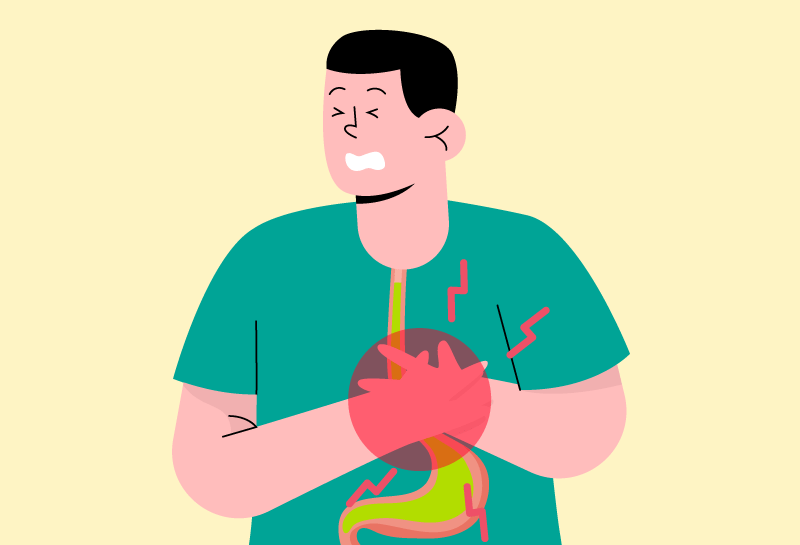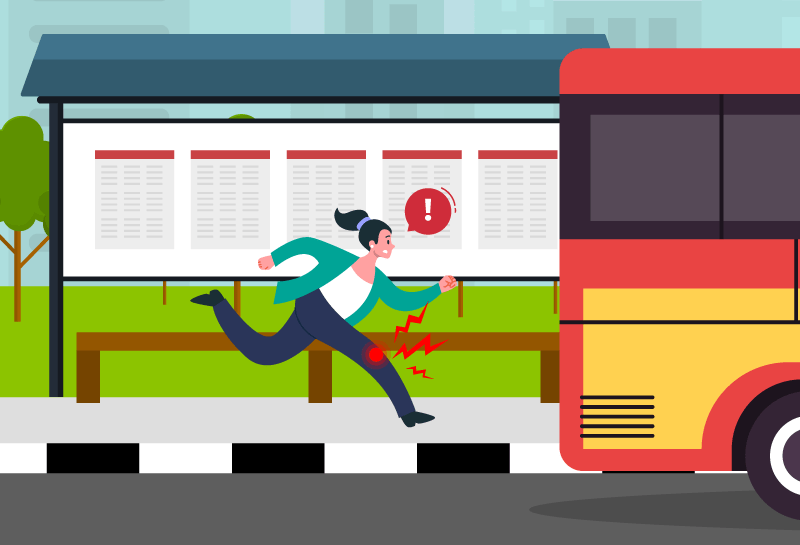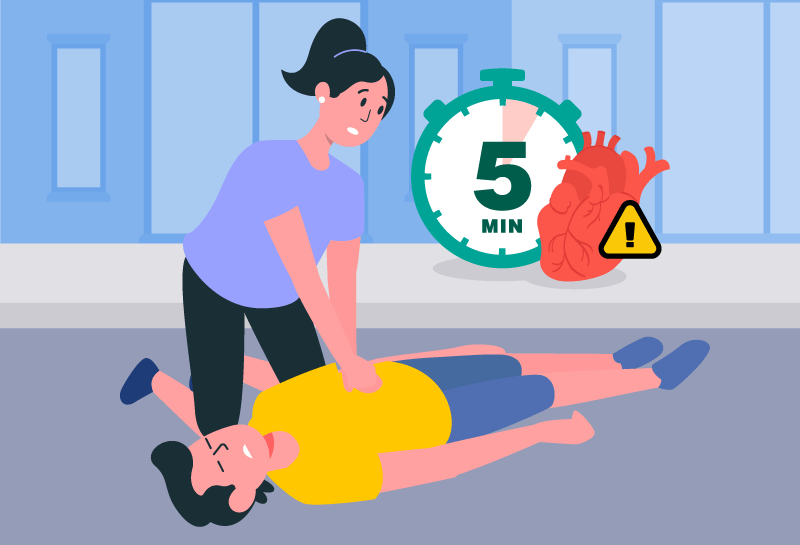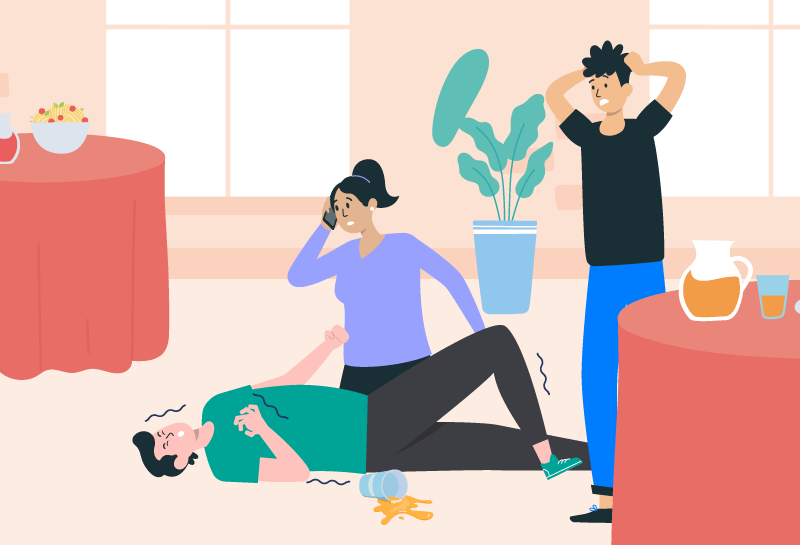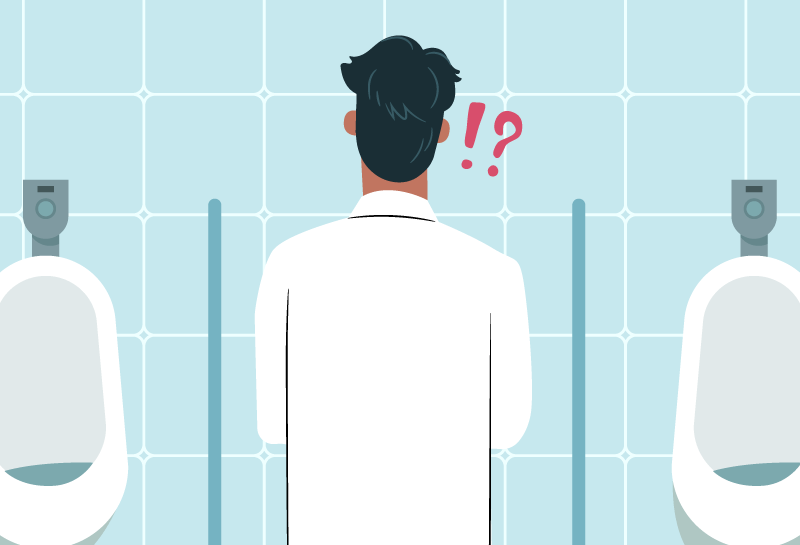Asia is one of the major regions of the world where stroke is the leading cause of disability and vascular death based on a review from HOPE Asia. It has also stated that there has been a wide range of mortality, incidence, prevalence, and burden of stroke in Asian countries. Meanwhile, one-third of stroke survivors suffer from post-stroke cognitive impairment, which has become a significant public health concern despite its increasing prevalence.
Every year, approximately 5.5 million people will die because of strokes. At Healthful, we believe the best prevention is education, which is why in this article, we will explore the warning signs of stroke so that you can be aware and prepared to respond should you or someone has one.
What is a Stroke?
As stated by Stroke Association,1 Strokes occur when blood is cut off from a part of the brain, killing brain cells. When the brain is damaged, it can dramatically affect the way the body functions and the way the mind thinks and feels. Strokes have different effects depending on where they occur and how large they are. One major warning sign of a stroke is by having a Transient Ischemic Attack.
Transient Ischemic Attack
To survive, your cells need oxygen delivered by your blood. The blockage of your blood flow can have serious consequences. Transient Ischemic Attack (TIA) is an example of such a serious consequence. WebMD describes TIAs as brief interruptions in blood flow to parts of the brain. It’s also known as a mini-stroke.
There is a possibility that TIAs may signal the onset of a full-blown stroke. A TIA may indicate that you are likely to have a stroke. TIAs are most likely to cause strokes in the first few days and weeks following a TIA, according to the Stroke Association. Therefore, you need to find out what caused it and seek advice and treatment as soon as possible.
Is a Transient Ischemic Attack different from a Stroke?
WebMD states that both TIAs and strokes are similar, they are both caused by blood clots. The main difference is that TIA lasts for a few minutes, whilst strokes do not go away quickly. When a TIA occurs, the clot is pushed along, like a temporary clog in a pipe, or it is quickly broken down by your body. Your brain returns to normal blood flow before any lasting problems occur. The symptoms usually disappear within an hour, but they can last up to 24 hours.2
Strokes come on slowly and can last for a long time. That means that some of your brain doesn’t get the oxygen it needs, and the longer that lasts, the more damage happens. A TIA comes on quickly and goes away with no lasting symptoms, but a stroke can have long-lasting effects and be life-threatening.
How does a Transient Ischemic Attack occur?
Clots that cause a TIA can happen for different reasons. The Stroke Organization mentions that there are two types of blood clots. One type is caused by a build-up of fatty deposits in the blood vessels around your body. This is called atherosclerosis.
The other type of clot is due to heart conditions such as atrial fibrillation, which is an irregular heartbeat. If a clot forms in the heart and travels to the brain, it can cause a stroke. Damage to the arteries in the neck, known as arterial dissection, can also cause clots. If the tiny blood vessels deep inside your brain get blocked, it can cause a TIA or stroke.
Who is at risk for Transient Ischemic Attacks?
WebMD says that the same things that increase your risk for a stroke also increase your risk for a mini-stroke (TIA). There are many factors that contribute to this increased risk. Risk factors:
- Age: The chances of having a stroke or mini-stroke increase as you get older especially when you’re over 55 years old.
- Family history: If someone in your family has had a stroke, you are more likely to have a TIA.
- Previous TIA: If you have it before, you are more likely to have another.
- Gender: Women are more likely to have a stroke or a mini-stroke than men.
How can you spot Stroke?
There are different symptoms of a stroke, depending on which part of the brain is affected. You can remember these symptoms with the acronym FAST: Face, Arm, Speech, Time as presented by SingHealth.3
- Face: When a person smiles, does one side of the face droop?
- Arm: If they raised both arms, does one arm drift downwards?
- Speech: Get them to repeat a phrase. Does their speech slur or sound strange?
- Time: If you see any of these signs, call for an ambulance and go to a hospital. Some beneficial treatments for strokes can only be given in the first few hours after the stroke. So, it is important that stroke patients go to a hospital as soon as possible.
Other symptoms of stroke may include:
- If you suddenly feel weak or numb on one side of your body, it might be a sign of a stroke.
- If you suddenly have trouble walking, feel dizzy, lose your balance, or can’t coordinate your movements, it might be a sign of a stroke.
- Sudden severe headache without a known cause.
- One or both of your eyes might not be working well suddenly.
Ways to reduce the risk of Stroke
You can reduce your risk of having a stroke by following these guidelines from SingHealth.
Control blood pressure
High blood pressure is the most crucial risk factor for preventing a stroke. Uncontrolled blood pressure makes the risk of having a stroke 4 times higher. Your lifestyle changes are important for controlling blood pressure too.
Control blood sugar levels
The risk of stroke is 1.5 times more in diabetics than in people without diabetes as diabetes causes high blood sugar
levels. If diabetes is not controlled, it can cause damage to your blood vessels and nerves over time. A healthy
diet, taking medication as ordered by your doctors and regular monitoring is important to keep your blood sugar
levels under control and reduces the risk of stroke.
Control cholesterol levels
If you have high cholesterol levels, it can cause the narrowing of blood vessels in your body and this can lead to a blockage of the blood flow to your vital organs, including your brain. This increases your risk for a stroke. You may control your cholesterol levels by eating a diet that includes foods that are low in cholesterol and saturated fats. You may also take medications to help control your cholesterol levels.
Don’t smoke
Smoking increases your risk of stroke by 1.5 to 2.5 times. The risk may go down as soon as you stop smoking. In five
years, your risk might be the same as a non-smoker’s. So, stop smoking today and get help from your doctor to quit.
Maintain an ideal body weight
Obesity may increase your risk for a stroke. This is because obesity can lead to conditions like diabetes, high blood
pressure, and high cholesterol levels. When someone has a lot of fat around their stomach, their risk for a stroke
goes up even more. To reduce your risk for a stroke, it is important to have a healthy diet and exercise regularly.
Have regular health screening
If you are over 40 years old, have yearly health checks to monitor your blood pressure, cholesterol, and blood sugar
levels. This way, if any of these stroke risk factors are detected early on, you can take corrective action.
One common myth about stroke is that it only affects people over the age of 50, this is not always the case. Research shows that 10-15% of all strokes occur in people under the age of 50.
Please call the ambulance immediately if you or someone you know is experiencing any of the described symptoms. A positive outcome depends on how quickly you act.
References
- About Stroke. American Heart Association. Available at: https://www.stroke.org/en/about-stroke.
- Types of Stroke. WebMD. Available at: https://www.webmd.com/stroke/types-stroke#1-3.
- Stroke. SingHealth. Available at: https://www.singhealth.com.sg/patient-care/conditions-treatments/stroke.



 Copied
Copied





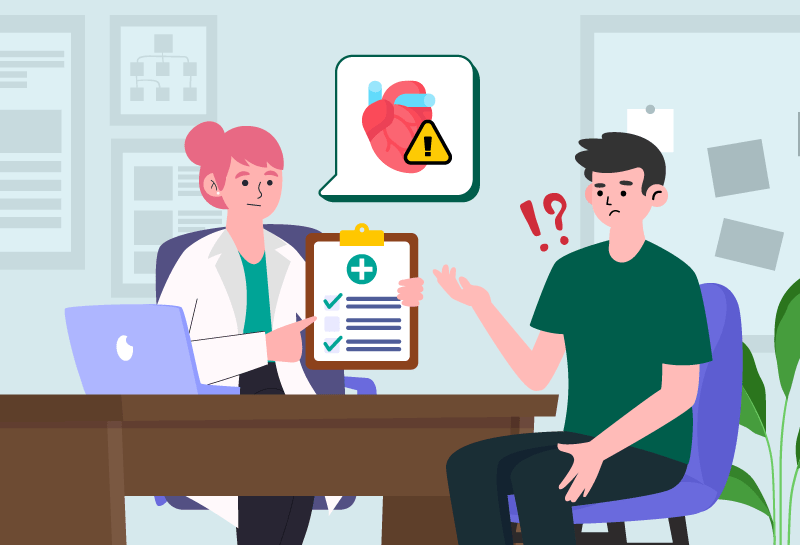
 15 mins read
15 mins read 